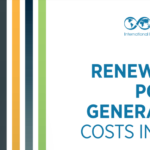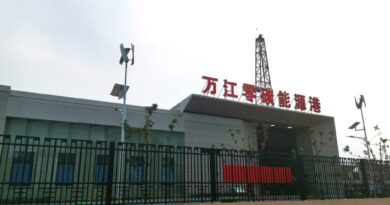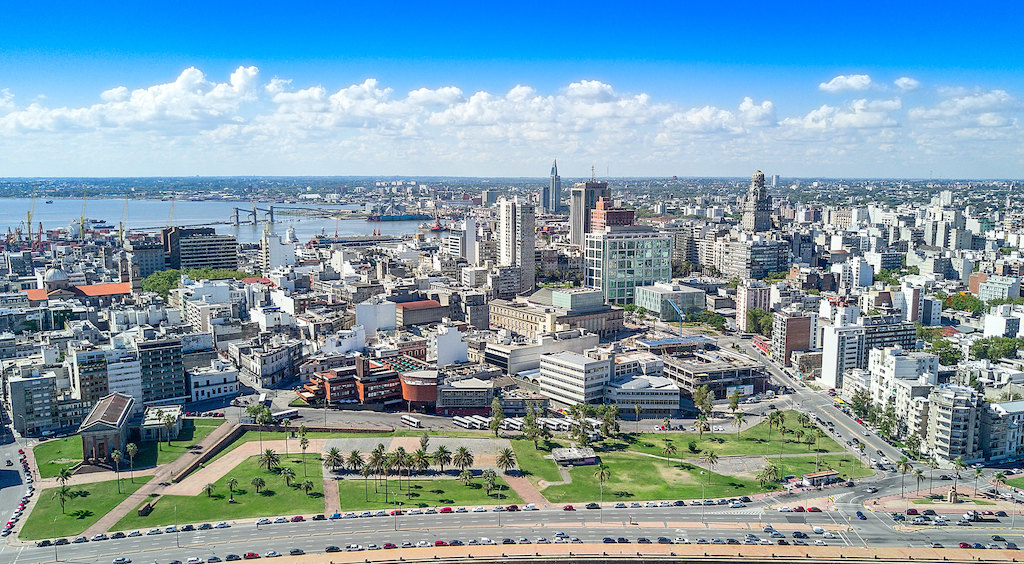ThinkGeoEnergy’s Top 10 Geothermal Countries 2022 – Power Generation Capacity (MW)
Energy Disrupter
Global geothermal power generation capacity stood at 16,127 MW at the year-end 2022. The annual capacity additions remain below pre-covid times.
As with every beginning of the year, we are publishing an up-to-date list of the Top 10 geothermal countries based on installed power generation capacity as of year end 2022.The year 2022 has been a busy year for the ThinkGeoEnergy team. We have expanded our research activities and added capacity in desktop research for clients with a particular focus on updating our extensive research on current geothermal power development around the world. Want to learn more about our activities, see our research site here. We are also soon relaunching a series of various country overviews on the page, so stay tuned.
With the world seemingly getting back on track post-covid, general growth of geothermal power generation capacity remains a at low levels. Only 8 countries added geothermal power generation capacity with a total of 16 additional plants. Kenya (83 MW), Indonesia (80 MW) and the U.S. (72 MW) showed the main growth. Nicaragua saw the addition of 10.4 MW just before year’s end. Other additions were reported in China, Japan, Philippines, and Japan.
The total installed geothermal power generation capacity at year-end 2022 stood at 16,127 MW, an increase of 286 MW over 2021.
Here the Top 10 geothermal countries year-end 2021:
- United States* – 3,794 MW (updated our numbers as per the notes below)
- Indonesia – 2,356 MW – additions at Sorik Marapi, Sokoria and a small binary plant at Lahendong
- Philippines – 1,935 MW – a small binary plant was added
- Turkiye – 1,682 MW – we adapted/ corrected our numbers, there were no additions in 2022
- New Zealand – 1,037 MW – no changes
- Mexico – 962.7 MW – no change
- Kenya – 944 MW – addition of the 83.3 MW Olkaria I Unit 6 (with new additions in construction, the country should soon join the Geothermal GW Country Club)
- Italy – 944 MW – no change
- Iceland – 754 MW
- Japan – 621 MW – smaller scale additions and corrections of numbers (of previously unrecorded numbers)
*The U.S. total installed and operational (nameplate) capacity stood at 3,961.8 MW, of which 65.5 MW are defined as “standby/ backup and as available for service but normally not used” (EIA), 101.9 MW are defined as “(OS) Out of service and NOT expected to return to service in next calendar year”. We exclude these standby and out of service plants and report 3,794.4 MW. Other sources (REN/ IRENA) would provide a capacity of 2,791.9 MW as average between net summer and winter capacity, which though would put up different standard for reporting for the U.S. compared to other countries. For further details see notes below.
A total of 286.4 MW were added in 2022. Other countries represent an installed power generation capacity of 1,097 MW, bringing the total installed geothermal power generation capacity at the end of the year 2022 to 16,127 MW.
In the beginning of 2022, we expected a large number of plants to come online in 2022 and see picking up activities both on exploration, drilling and construction of plants, that has though not materialised to the extent we had hoped for. Compare our top 10 for 2021 here.
Read an overview on the top 10 most read geothermal news pieces on ThinkGeoEnergy in 2022.
Notes:Gathering data on geothermal power plant development is difficult and with our ongoing work on updating our databases, we constantly tweak, update and correct data as we go along. As a disclaimer for the data presented, you will find discrepancies in the data reported by different sources and there are many reasons for this. Some organisations report gross capacity, others operating, others installed capacity, while others take averages of summer and winter capacity. They all have one challenge in common and that is that countries and organisations are often not presenting the same numbers. The result is that numbers for one country cannot be compared with another.
So some time ago, ThinkGeoEnergy decided to apply installed nameplate power generation capacity, but only reflect the capacity that is operating – no matter if the plant produces at full capacity or not. We try our best to exclude plants and MW that are not operating, but it is not easy. For some countries one simply has three or four different data sets and needs to make a decision that might prove to be wrong in the end.

















